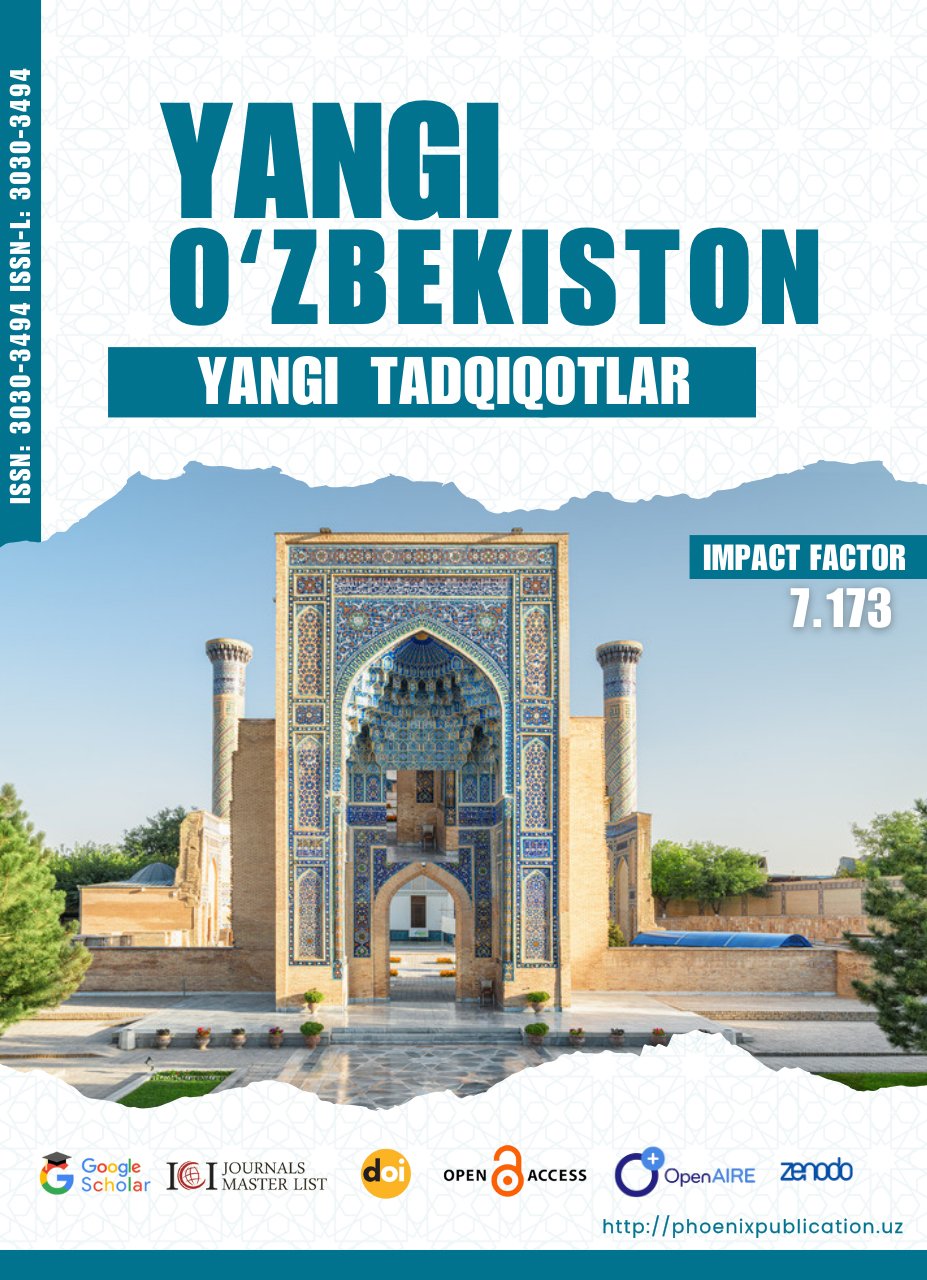Abstract
This article explores the multifunctional nature of fantasy literature, focusing on three core functions: escape, subversion, and recovery. Drawing upon the theoretical frameworks of J.R.R. Tolkien and Rosemary Jackson, as well as insights from neuro- and psycholinguistic research, the study demonstrates how fantasy literature offers meaningful psychological and emotional relief (escape), challenges dominant cultural and ideological norms (subversion), and provides readers with renewed perspectives on reality and moral values (recovery). Through the analysis of literary works such as The Lord of the Rings, The Chronicles of Narnia, and Harry Potter, this study highlights the genre’s complex role in engaging readers cognitively, emotionally, and socially. The article further suggests that fantasy literature holds significant potential for interdisciplinary research, especially in cognitive and psycholinguistic studies.
References
1. Attebery, B. (1980). The Fantasy Tradition in American Literature: From Irving to Le Guin. Bloomington: Indiana University Press.
2. Armitt, L. (1996). Theorising the Fantastic. London: Arnold.
3. Dyakov, V. (2000). Fantasy: Genre Originality and Linguistic Features. Moscow: Vysshee Obrazovanie.
4. Federov, A. V. (1968). Vvedenie v teoriyu perevoda [Introduction to the Theory of Translation]. Moscow: Vysshaya Shkola.
5. Higley, S. E. (2007). Magic Words: The Phonology of Fantasy Neologisms. In F. Mendlesohn & E. James (Eds.), The Cambridge Companion to Fantasy Literature (pp. 19–29). Cambridge: Cambridge University Press.
6. Huang, X. (2011). Stylistic Approaches to Literary Translation. Wuhan University Press.
7. Hume, K. (1984). Fantasy and Mimesis: Responses to Reality in Western Literature. New York: Methuen.
8. Jackson, R. (1981). Fantasy: The Literature of Subversion. London: Methuen.
9. Kidd, D. C., & Castano, E. (2013). Reading literary fiction improves theory of mind. Science, 342(6156), 377-380.
10. Lewis, C. S. (1950–1956). The Chronicles of Narnia series. London: Geoffrey Bles.
11. Manlove, C. N. (1975). Modern Fantasy: Five Studies. Cambridge: Cambridge University Press.
12. Mar, R. A., Oatley, K., & Peterson, J. B. (2009). Exploring the link between reading fiction and empathy: Ruling out individual differences and examining outcomes. Communications, 34(4), 407–428.
13. Mendlesohn, F. (2008). Rhetorics of Fantasy. Middletown, CT: Wesleyan University Press.
14. Parsons, L. (2010). Translating Culture: An Analysis of the Cultural Transfer in Literary Translation. University of Alberta.
15. Rabkin, E. S. (1976). The Fantastic in Literature. Princeton: Princeton University Press.
16. Rowling, J. K. (1997–2007). Harry Potter series. London: Bloomsbury Publishing.
17. Seleskovitch, D. (1978). Interpreting for International Conferences: Problems of Language and Communication. Washington, DC: Pen & Booth.
18. Todorov, T. (1970). Introduction à la littérature fantastique. Paris: Éditions du Seuil.
19. Tolkien, J. R. R. (1939). On Fairy-Stories. In Essays Presented to Charles Williams. Oxford: Oxford University Press.
